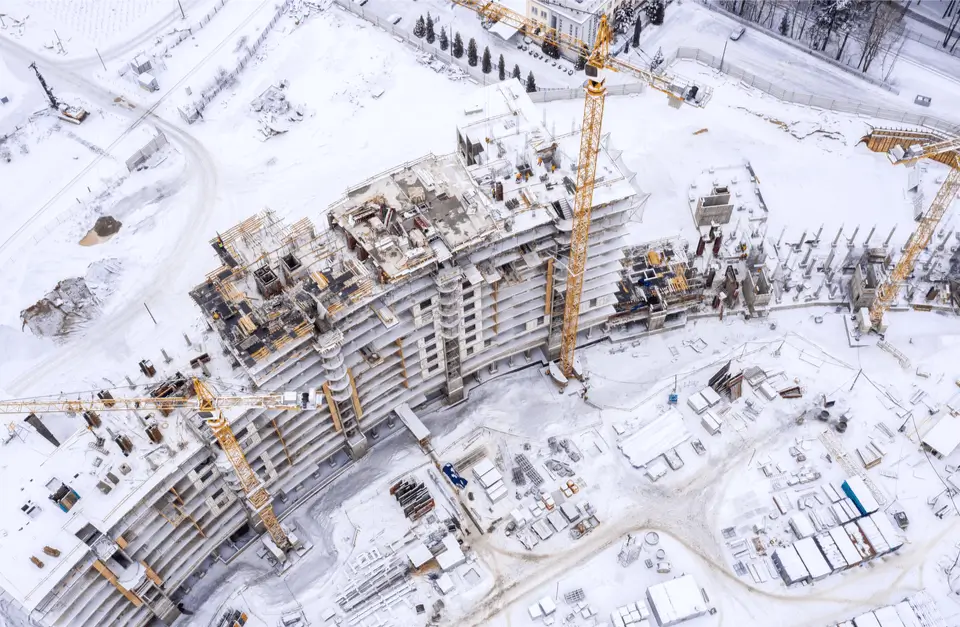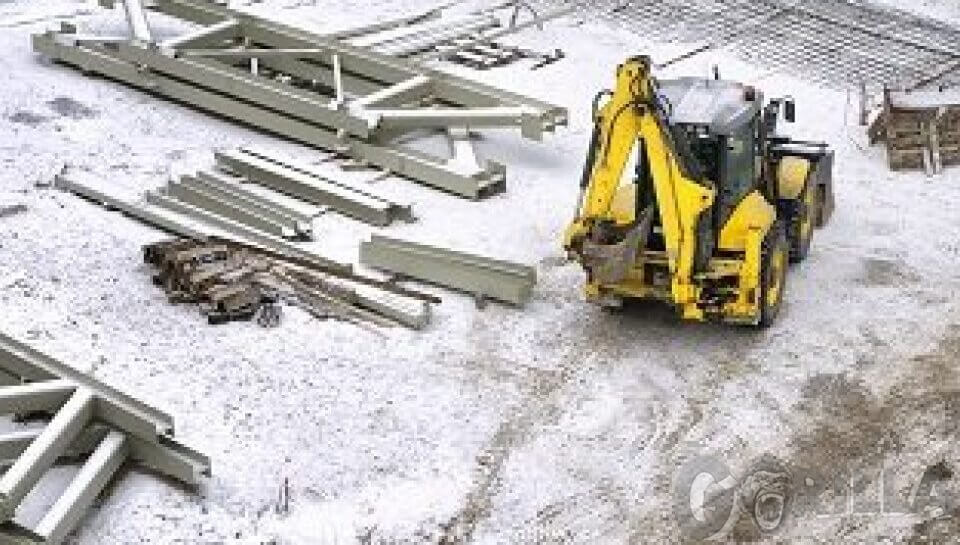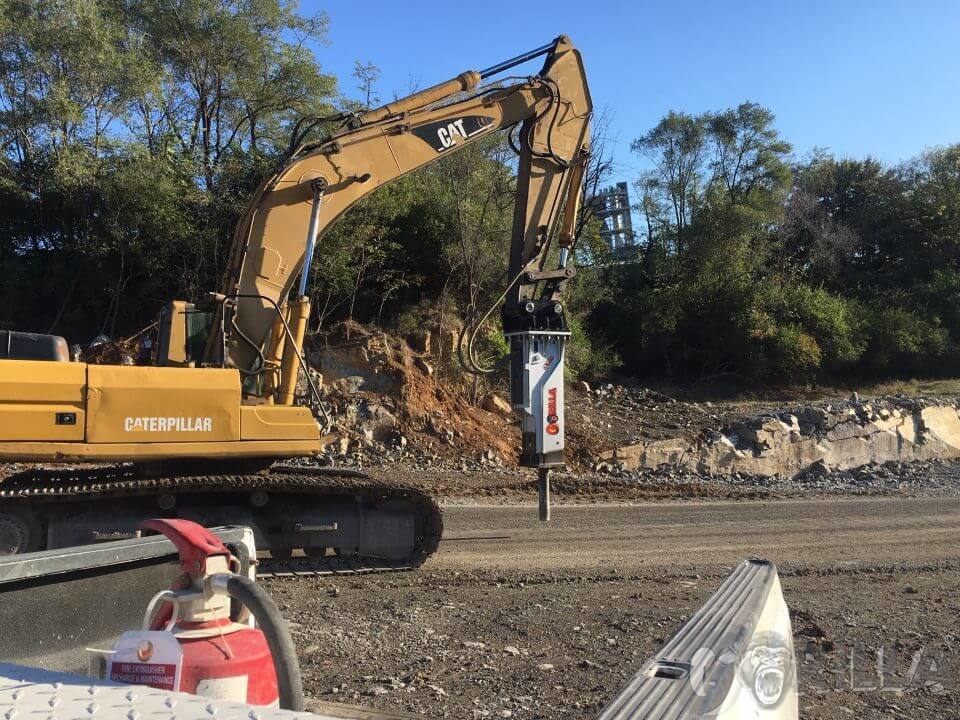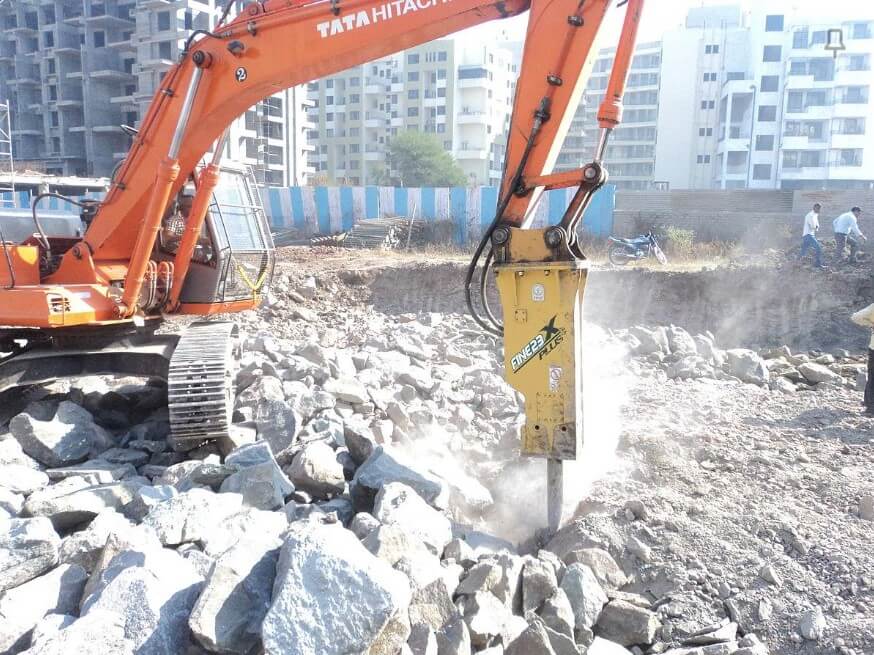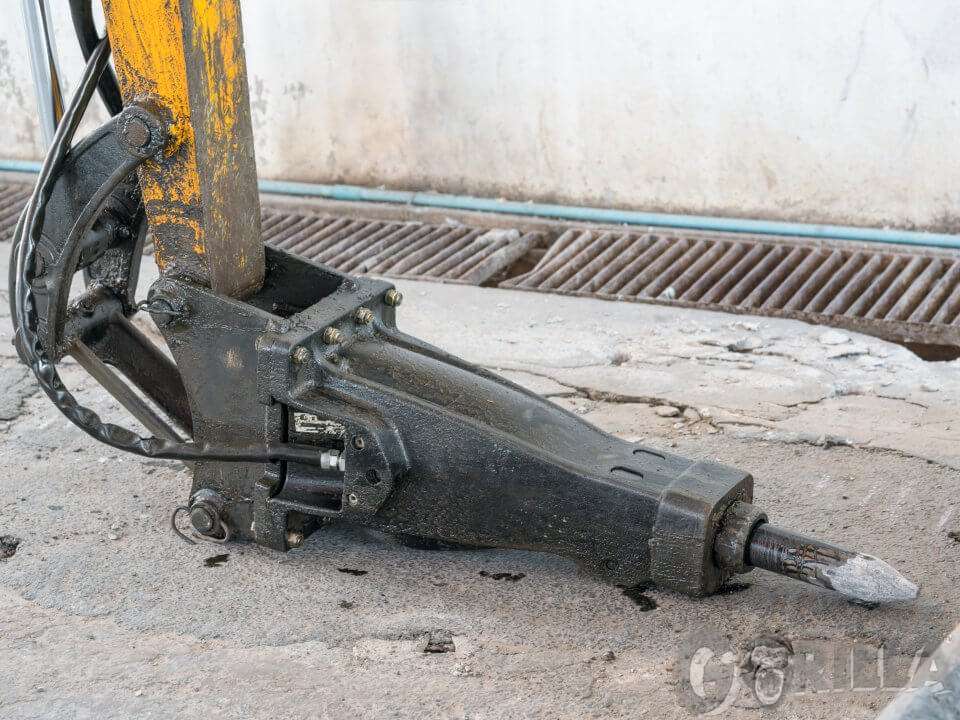- Filter by
- Categories
- Tags
- Authors
- Show all
- All
- Heavy Demolition
- Hydraulic Hammer Repair
- Hydraulic Hammers
- Industry Article
- Parts
- Renting
- Replacements
- Tips
- Uncategorized
December 23, 2025
Published by admin at December 23, 2025
Categories
Winter construction presents unique challenges, from frozen ground to shortened workdays and tighter project timelines. While many crews slow down or pause operations altogether, the right […]
December 17, 2025
Published by admin at December 17, 2025
Categories
Essential Winter Safety Checks for Construction Equipment’ When it comes to construction, it’s better to be safe than to complete the work on time. Any wrong […]
November 19, 2025
The best care can be taken in service to your job site equipment, but the more people that operate a machine, the more prone it is […]
November 18, 2025
Published by admin at November 18, 2025
Winter is coming, and your equipment will feel the impact. Cold weather slows machines, drains batteries, thickens fluids, and increases the risk of parts failing. To […]
October 29, 2025
Published by admin at October 29, 2025
Categories
Preparing Your Heavy Equipment for Winter As the temperatures drop and winter approaches, construction and demolition professionals know that cold weather can take a serious toll […]
October 21, 2025
Published by admin at October 21, 2025
Categories
Why Fall Is the Best Time to Service Your Hydraulic Hammer As the leaves change and the air cools, many construction crews start wrapping up their […]
September 23, 2025
Published by admin at September 23, 2025
Categories
Common Fall Construction Challenges When fall rolls in, the pumpkin patches look inviting, but construction sites? Not so much. Cooler temperatures, shorter days, and unpredictable weather […]
September 17, 2025
Published by admin at September 17, 2025
Categories
A Guide to Purchasing Hydraulic Breakers at Auctions Plenty of excavation and general contractors don’t use a hydraulic hammer every day. They want to save on […]
August 19, 2025
Published by admin at August 19, 2025
Categories
Summer isn’t just hard on humans; it is also hard on electrical equipment, simply because to withstand the heat, they have to work for longer periods […]

